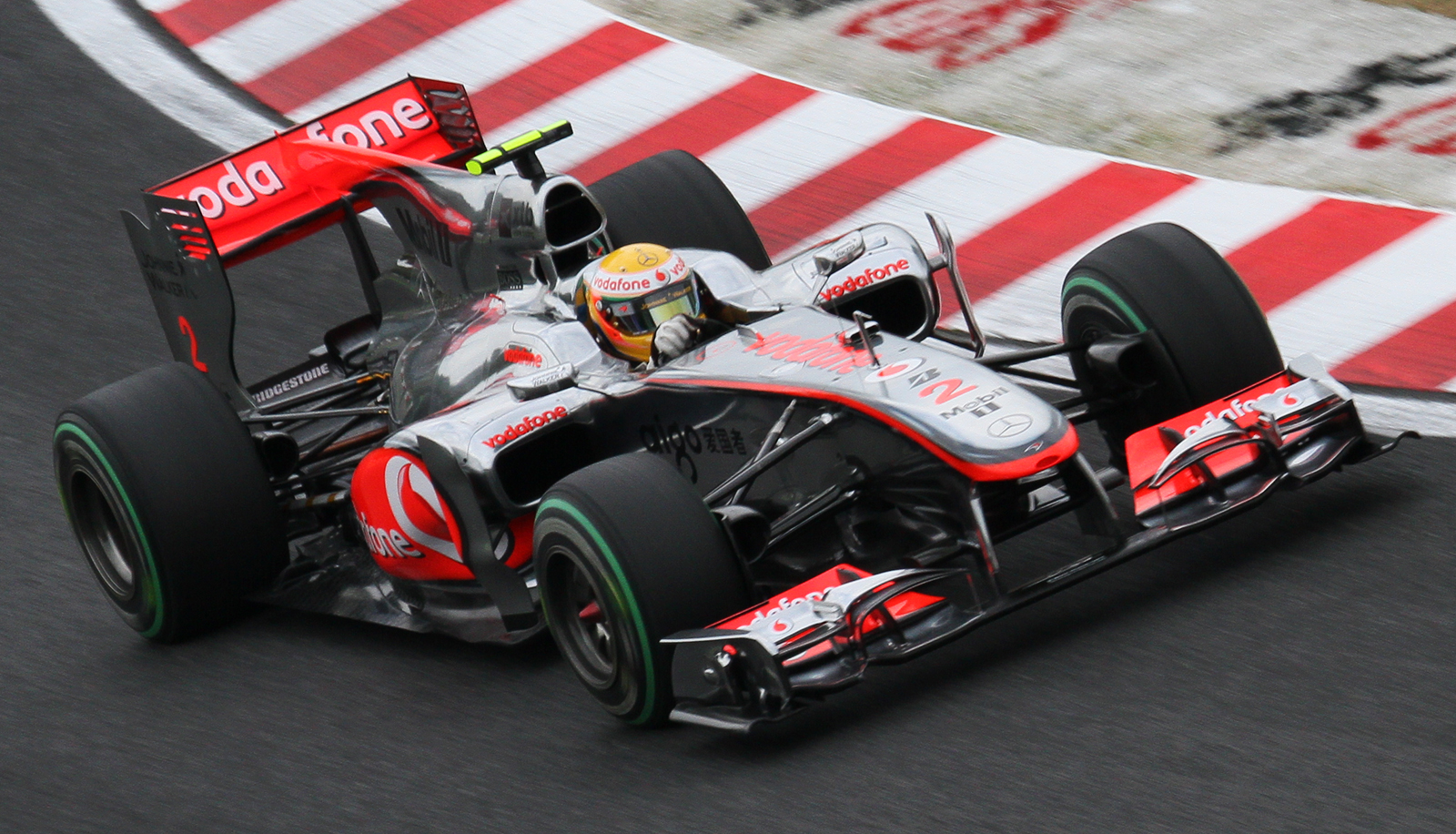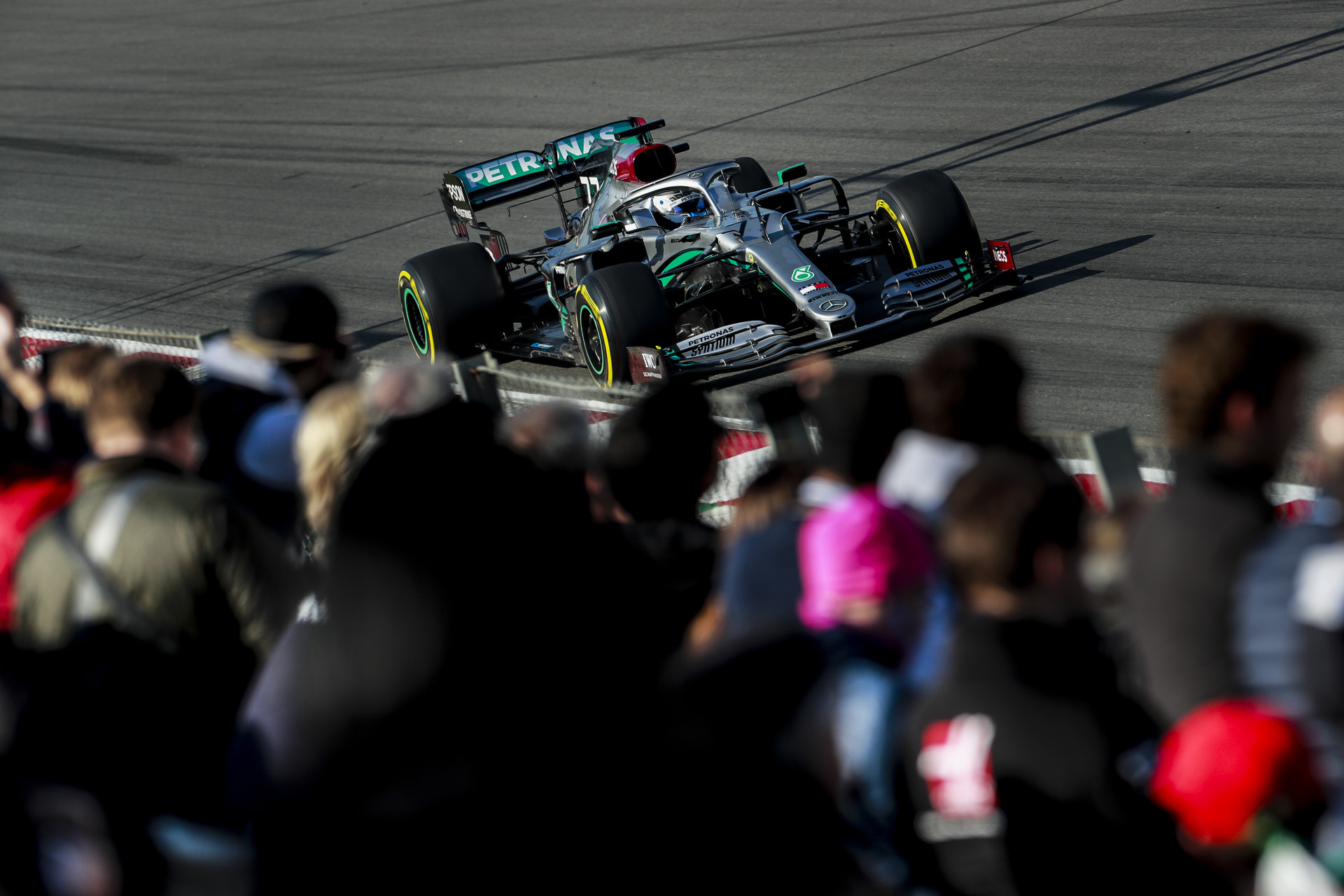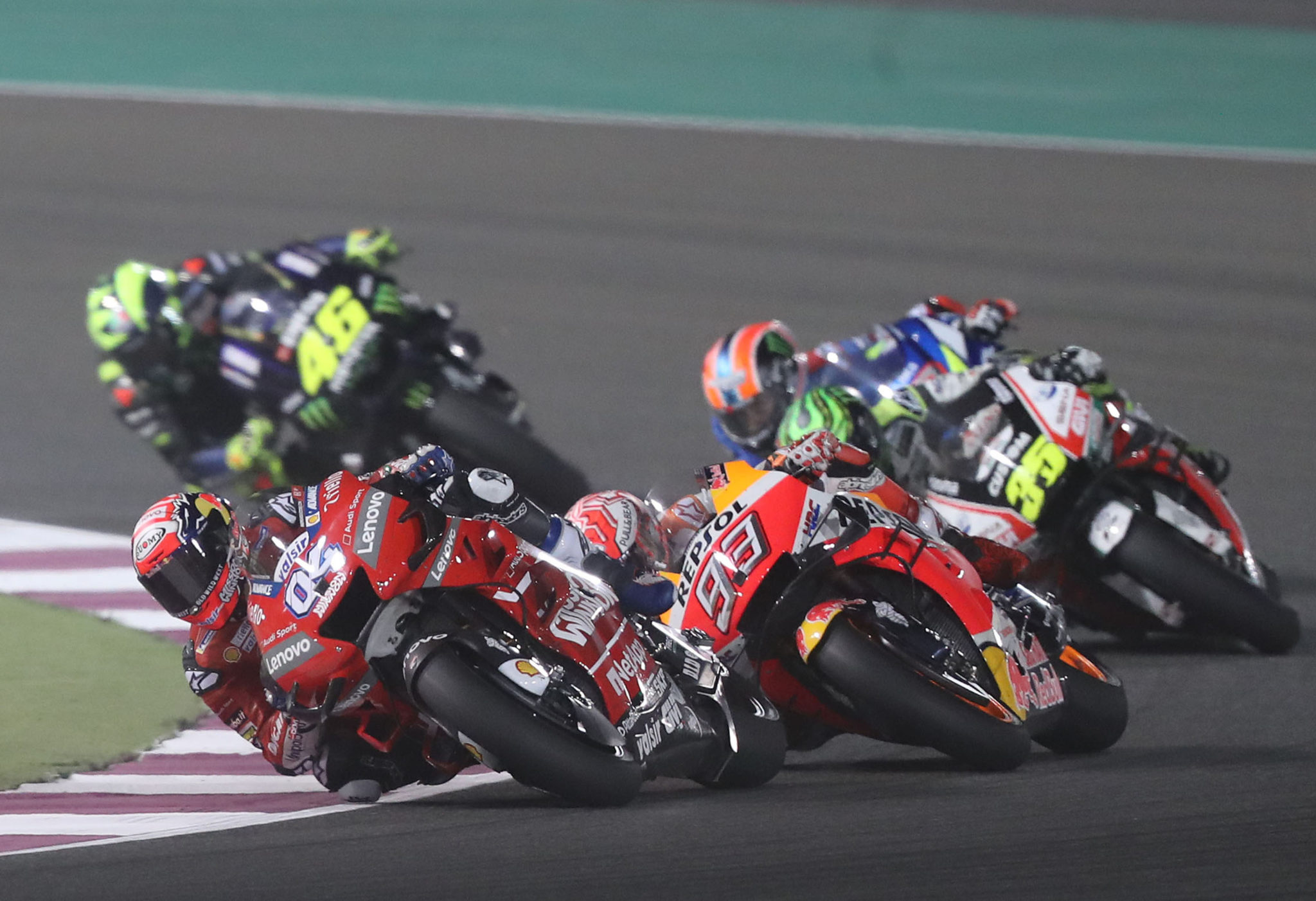Among the multiple things that we associate Formula One with, the sheer quality and intelligence of Formula One engineering is certainly something that excites thousands of fans across the globe. Formula One engineers possess some of the sharpest minds on the planet and their extreme desire to make a race car go faster is unparalleled. This quest for speed often leads to the engineers coming up with design marvels such as the Mercedes Dual Axis Steering (DAS) and the famous Active Suspension device on the Williams FW14B.
While these examples may prove that Formula One engineers are not afraid to push the boundaries and come up with something unique that makes the car go faster, sometimes, their approach isn’t as creative.
The Racing Point W10?
The new Racing Point RP20, for instance, has been under tight scrutiny for the last week and many, including rivals Renault and McLaren claim that the RP20 looks suspiciously similar to defending champions Mercedes’ 2019 title winner, the W10.
If you compare the pictures of both the cars, it’s not hard to see what they are on about. The front end of both the cars looks identical while the rear does have a few differences. Did it work, you ask? In the first week of the pre-season testing, Racing Point were consistently in the Top 5. Although it’s hard to gather much from the lap times from testing, Racing Point do look very strong indeed.
Is adapting successful design concepts really a taboo?
As expected, Racing Point have denied directly copying the design or buying parts from Mercedes, yet, their work is open for all to see. On the surface, copying designs seems to be a fairly small problem; Formula One teams have copied successful designs from rival teams since the very beginning and all this should, ideally, feel very normal by now. For Mercedes, plagiarism is the greatest form of praise but for other midfield teams barring Racing Point, it is a significant issue.

Using ideas first implemented by other teams, like the iconic F-Duct by McLaren in 2010 is now considered to be fairly normal by teams. However, Racing Point seems to have taken things up a notch by duplicating the entire front end of the championship winning W10. If you can’t beat them, be them?
The deeper issue with this fiasco
This whole saga is completely against what Formula One stands for; innovation and quality engineering. Has the gulf between the top teams and the midfield runners in terms of technology and finances become so wide that teams like Racing Point would now prefer to run, in essence a 2019 Mercedes instead of a fresh 2020 Racing Point?

This is a grave issue and while it may seem perfectly fair to be disappointed with Racing Point’s peculiar approach, the issue is much deeper rooted than just them. The current state of F1 is such that midfield teams are much more willing to buy and share parts with the top teams to get a part of their success, instead of designing their own parts.
Make or buy? The choice that midfield teams must make
Midfield teams coming up with completely new designs seems to have become a thing of the past. The ‘Haas/Toro Rosso’ model of sharing old parts between the top teams and the midfield only seems to have widened the gap between the two. With things continuing the way they are, are we close to Formula One adopting a MotoGP-esque Factory and Satellite team model? For the betterment of the sport, hopefully not.

As Renault and McLaren now lodge a formal complaint to the FIA over Racing Point ’s copied design, we must hope that 2021 financial regulations do allow all teams to use their engineering supremacy. Ideally, every team must come up with unique designs instead of buying or copying those of the top teams. In the end, we mustn’t forget that innovation is one of the core principles of Formula One and it shouldn’t be left only to the Big 3 teams.
Image Credits: Formula One/ WikiMedia / Mercedes AMG F1 Team / MotoGP
